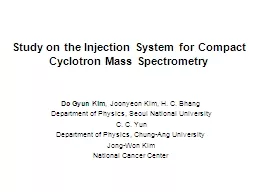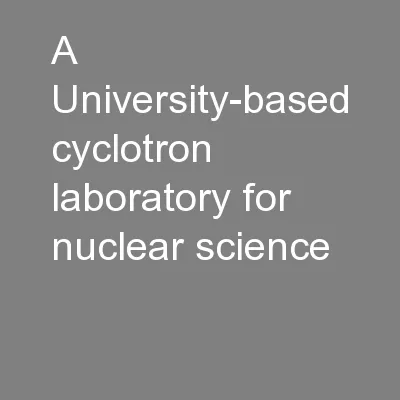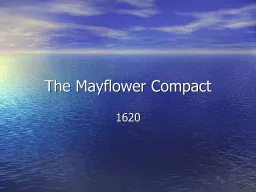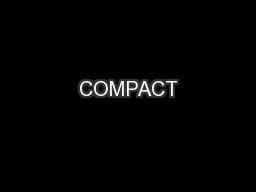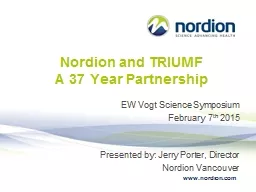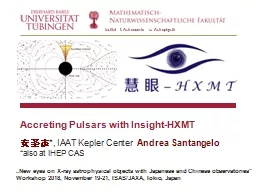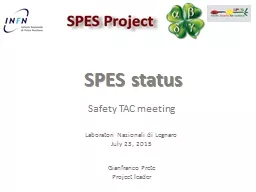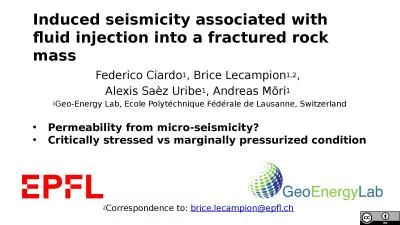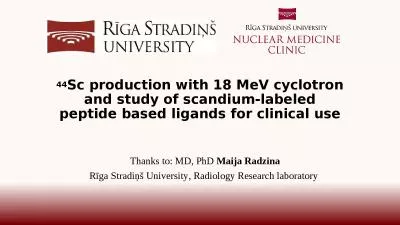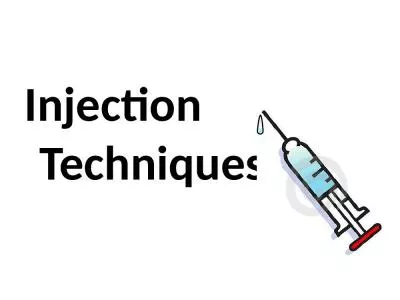PPT-Study on the Injection System for Compact Cyclotron Mass Sp
Author : marina-yarberry | Published Date : 2016-10-06
Do Gyun Kim Joonyeon Kim H C Bhang Department of Physics Seoul National University C C Yun Department of Physics Chu ngAng University Jong Won Kim National
Presentation Embed Code
Download Presentation
Download Presentation The PPT/PDF document "Study on the Injection System for Compac..." is the property of its rightful owner. Permission is granted to download and print the materials on this website for personal, non-commercial use only, and to display it on your personal computer provided you do not modify the materials and that you retain all copyright notices contained in the materials. By downloading content from our website, you accept the terms of this agreement.
Study on the Injection System for Compact Cyclotron Mass Sp: Transcript
Download Rules Of Document
"Study on the Injection System for Compact Cyclotron Mass Sp"The content belongs to its owner. You may download and print it for personal use, without modification, and keep all copyright notices. By downloading, you agree to these terms.
Related Documents

